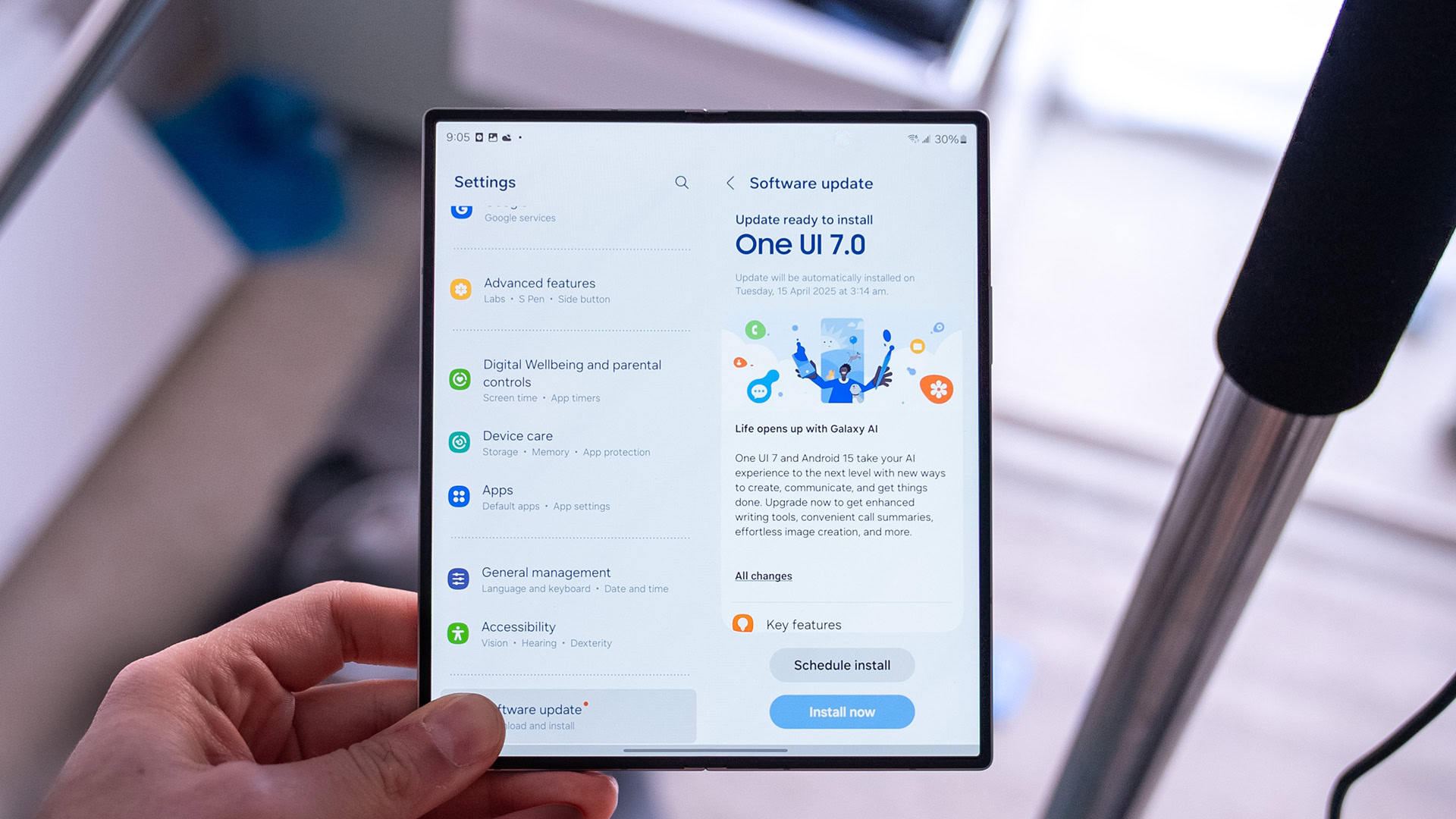Agile Leadership: Navigating Change and Empowering Teams

In the rapidly evolving landscape of software development, the role of leadership is more critical than ever. Traditional leadership models often fall short in the face of constant change and the need for rapid adaptation. This is where Agile leadership comes into play. Agile leadership is about navigating change effectively and empowering teams to achieve their best. At Skyward Techno, we specialize in Agile Software Development Services in Ahmedabad and Custom Application Development in Ahmedabad, helping businesses thrive in this dynamic environment.
Understanding Agile Leadership
What is Agile Leadership?
Agile leadership is a mindset and approach that focuses on flexibility, collaboration, and continuous improvement. Unlike traditional top-down leadership, Agile leaders work alongside their teams, fostering an environment of trust and empowerment. They prioritize the needs of their team members and customers, ensuring that everyone is aligned towards common goals.
Key Principles of Agile Leadership
-
Embrace Change
Agile leaders understand that change is inevitable and necessary for growth. They are proactive in anticipating changes and adapting strategies accordingly. This mindset helps teams stay resilient and responsive to market demands.
-
Empower Teams
Empowerment is at the heart of Agile leadership. By giving teams the autonomy to make decisions and take ownership of their work, leaders foster a sense of responsibility and accountability. This empowerment leads to higher motivation and productivity.
-
Promote Collaboration
Agile leaders break down silos and encourage cross-functional collaboration. They create an environment where team members can freely share ideas and work together towards common objectives. This collaborative approach leads to innovative solutions and better outcomes.
-
Focus on Continuous Improvement
Agile leaders are committed to continuous improvement. They regularly seek feedback and use it to refine processes and practices. This commitment to improvement ensures that teams are always evolving and delivering high-quality results.
How to Become an Agile Leader
-
Develop an Agile Mindset
The first step towards becoming an Agile leader is to adopt an Agile mindset. This involves being open to change, valuing collaboration, and prioritizing continuous improvement. Leaders should also be willing to learn and adapt their leadership style to meet the needs of their teams.
-
Invest in Training and Development
Agile leadership requires specific skills and knowledge. Investing in training and development programs can help leaders acquire these skills. At Skyward Techno, we offer comprehensive training as part of our Agile Software Development Services in Ahmedabad, equipping leaders with the tools they need to succeed.
-
Foster a Culture of Trust
Trust is the foundation of Agile leadership. Leaders should work to build trust within their teams by being transparent, reliable, and supportive. This trust creates a safe environment where team members feel comfortable taking risks and experimenting with new ideas.
-
Encourage Feedback and Reflection
Regular feedback and reflection are essential for continuous improvement. Agile leaders should encourage their teams to provide feedback and reflect on their performance. This practice helps identify areas for improvement and fosters a culture of learning and growth.
The Benefits of Agile Leadership
-
Increased Flexibility
Agile leadership enables organizations to respond quickly to changes in the market. This flexibility helps businesses stay competitive and meet customer needs more effectively.
-
Higher Employee Engagement
By empowering teams and promoting collaboration, Agile leadership leads to higher employee engagement. Engaged employees are more motivated, productive, and committed to their work.
-
Improved Customer Satisfaction
Agile leaders prioritize customer needs and ensure that their teams are aligned towards delivering value. This customer-centric approach leads to higher customer satisfaction and loyalty.
-
Enhanced Innovation
The collaborative and empowering nature of Agile leadership fosters innovation. Teams are encouraged to experiment and explore new ideas, leading to creative solutions and better outcomes.
Challenges of Agile Leadership and How to Overcome Them
-
Resistance to Change
Transitioning to Agile leadership can be challenging, especially if team members are accustomed to traditional leadership models. Leaders should address resistance by communicating the benefits of Agile and involving team members in the transition process.
-
Balancing Autonomy and Accountability
While empowering teams is crucial, leaders must also ensure that there is a balance between autonomy and accountability. Clear expectations and regular check-ins can help maintain this balance.
-
Maintaining Consistency
Consistency can be difficult to achieve in an Agile environment. Leaders should establish clear guidelines and best practices to ensure that everyone is aligned with Agile principles. Regular reviews and adjustments can help maintain consistency.
Conclusion
Agile leadership is essential for navigating change and empowering teams in today’s dynamic business environment. By embracing change, empowering teams, promoting collaboration, and focusing on continuous improvement, Agile leaders can drive their organizations towards success. At Skyward Techno, we are committed to helping businesses in Ahmedabad and beyond achieve their Agile goals through our comprehensive Agile Software Development Services in Ahmedabad and Custom Application Development in Ahmedabad. Embrace Agile leadership and unlock the full potential of your teams.
What's Your Reaction?
 Like
0
Like
0
 Dislike
0
Dislike
0
 Love
0
Love
0
 Funny
0
Funny
0
 Angry
0
Angry
0
 Sad
0
Sad
0
 Wow
0
Wow
0




















































